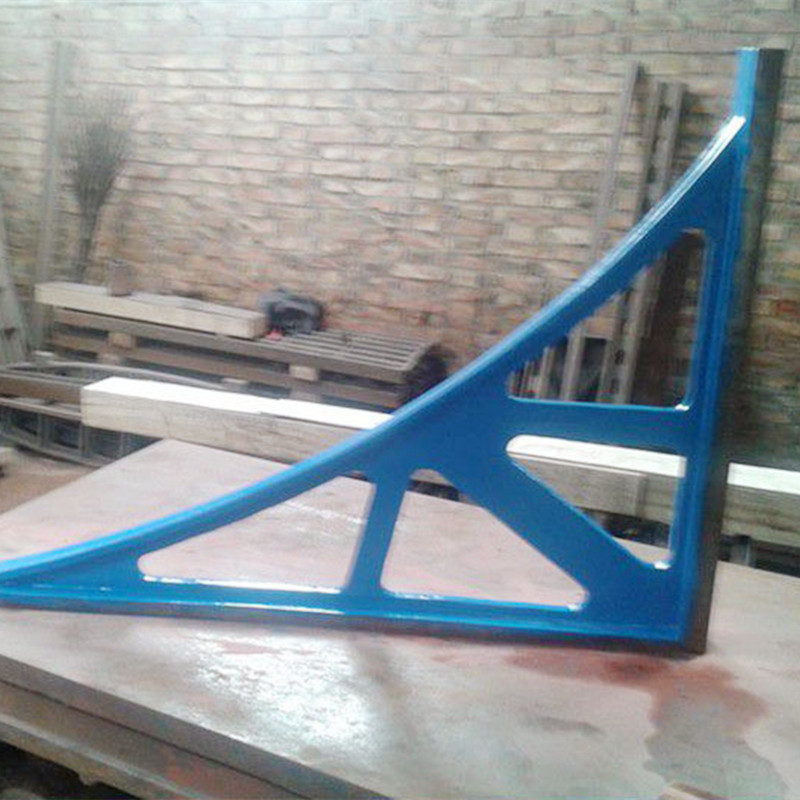Nov . 14, 2024 00:37 Back to list
two types of gate valves
Two Types of Gate Valves
Gate valves are essential components in various industries, providing reliable control over the flow of fluids and gases in pipelines. Among the numerous types of valves available, two principal categories of gate valves stand out rising stem gate valves and non-rising stem gate valves. Each type has its unique features, advantages, and applications.
Rising Stem Gate Valves
Rising stem gate valves are designed with a stem that moves upward or downward as the valve opens or closes. This design allows operators to see the position of the gate valve at a glance—if the stem is raised, the valve is open; if it is down, the valve is closed. Rising stem gate valves are particularly beneficial in applications where visual confirmation of valve status is critical.
One of the main advantages of rising stem gate valves is their reliability in providing a tight seal. As the valve is closed, the gate is forced against the seat, leading to minimal leakage. This feature makes them ideal for high-pressure and high-temperature environments, such as those found in oil and gas, chemical processing, and power generation industries. Additionally, the simplicity of their design means that they are relatively easy to maintain, requiring fewer replacement parts and tools.
However, rising stem gate valves do have some disadvantages. Because the stem extends beyond the valve body, they require more vertical space to operate. This characteristic can be a limitation in applications with space constraints. Furthermore, the stem can potentially become misaligned or damaged over time, leading to operational issues if not properly maintained.
two types of gate valves

Non-Rising Stem Gate Valves
In contrast, non-rising stem gate valves do not have a visible stem that rises when opening or closing. Instead, the stem remains stationary while the gate moves within the valve body. This design is advantageous in situations where space is limited, as it eliminates the need for vertical clearance for the stem.
Non-rising stem gate valves are often used in applications involving underground or confined spaces, such as water supply systems, where the valve must remain low-profile. Additionally, they are commonly found in services involving corrosive fluids because their construction can be better suited to resist damage from harsh chemicals.
However, the non-rising design presents challenges when it comes to monitoring valve position. Without a visible stem movement, operators must rely on other means, such as position indicators or manual checks, to determine whether the valve is open or closed. Furthermore, non-rising stem gate valves may not always provide the same level of sealing effectiveness as their rising counterparts, depending on the design and material used.
Conclusion
Both rising stem and non-rising stem gate valves are integral to various industrial applications, each serving distinct purposes based on their designs and operational characteristics. While rising stem gate valves offer excellent sealing and easy visibility, non-rising stem gate valves provide a more compact solution for space-sensitive installations. The choice between the two ultimately depends on the specific requirements of an application, including space availability, sealing needs, and maintenance considerations. Understanding these differences is crucial for engineers and technicians when designing safe and efficient fluid control systems.
-
Why Metric Trapezoidal Thread is Ideal for Precision Motion ControlNewsAug.05,2025
-
The Unique Properties of a Block of Granite for Industrial UseNewsAug.05,2025
-
The Role of Flanged Y Strainers in Preventing Pipeline ClogsNewsAug.05,2025
-
The Importance of Regular Calibration for Master Ring GagesNewsAug.05,2025
-
How a Cast Iron Surface Table Enhances Accuracy in ManufacturingNewsAug.05,2025
-
Comparing Different Check Valve Types for Optimal Flow ControlNewsAug.05,2025
Related PRODUCTS









